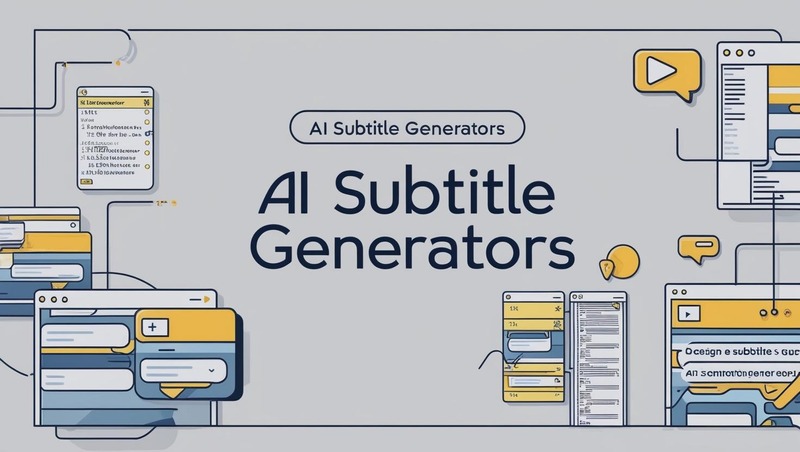Have you ever watched a foreign film or documentary and been amazed by how the subtitles perfectly captured emotion, humor, and nuance? That level of accuracy isn’t random—it’s the result of AI subtitle generators, an evolving technology that’s quietly transforming how we experience global content.
These intelligent systems are more than just speech-to-text. They adapt to tone, understand slang, and even detect multiple speakers at once. As a result, they’ve become an essential part of everything from entertainment and education to journalism and cultural preservation.
The Evolution of Subtitle Technology: From Mistakes to Mastery
Not long ago, AI-generated subtitles were infamous for bloopers like turning “send nudes” into “send noodles.” But those days are mostly gone. Today’s tools achieve:
-
Up to 92% accuracy for clear English dialogue (Perplexity AI, 2024)
-
Lightning-fast processing, averaging 2.7 seconds per audio minute
-
Language detection that supports over 130 dialects
This progress is powered by:
-
Context-aware algorithms that understand subtle meanings
-
Voice differentiation that separates up to 10 speakers
-
Emotional formatting using italics, caps, and punctuation to match tone
Global Accessibility through AI-Enhanced Subtitles in Education
In education, subtitle tech is changing lives. AI-generated captions help rural students access Ivy League lectures and allow deaf or hard-of-hearing learners to follow real-time discussions. It bridges gaps that used to exclude entire communities.
Breaking Language Barriers: AI Subtitling in Journalism
From warzone interviews to global press conferences, subtitle systems provide instant translations, letting journalists report to wider audiences without delay. This real-time clarity is essential in moments where timing and accuracy are critical.
Cultural Impact: Preserving Languages with AI Subtitle Tools
Beyond media, this tech is helping researchers document endangered languages and archive oral histories from tribal elders. These tools capture voices that might otherwise be lost forever—especially in communities with under 100 native speakers.
The Human Role in AI-Powered Subtitle Generation
Despite high accuracy, machines can’t always interpret idioms, humor, or creative speech. Humans still review captions for quality, ensuring lines like “break a leg” don’t get translated literally. Their insight also helps retrain the AI to improve over time.
What’s Next for Subtitle Technology? The Future of AI in Subtitling
Expect innovations like:
-
Lip-synced captions that match speakers’ mouths in real time
-
Customizable subtitles (simplified for children, technical for pros)
-
Augmented reality translations appearing next to speakers
-
Emotion-based styling using text color and texture
These advancements will make subtitle technology even more immersive and inclusive.
Final Thoughts
Whether it’s used for entertainment, education, or cultural preservation, AI subtitle generators are becoming essential tools in a globalized world. As they continue to evolve, so will the way we connect with one another—across borders and across languages.


